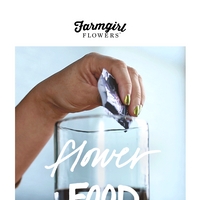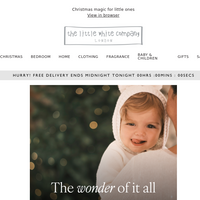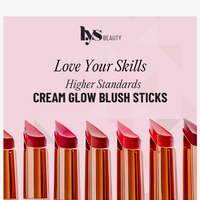What is flower food?
Aptly named, flower food does just what it says it does: feeds your flowers to help them look better for longer once you have them in your vase. While some homemade or variety specific foods can vary, most contain three main ingredients: something acidic (like citric acid), something sugary, and something antibacterial (like bleach).
How does flower food work?
Once cut, flowers can no longer undergo photosynthesis, the process by which they (and all plants) create food (sugar) for themselves. In the vase, flower food provides an alternate source for the fuel the stem can no longer make on its own.
The acidic element doesn't feed the flower, but instead helps to preserve it by lowering the pH of the water most of us use to fill our vases. Floral fact: flowers drink basic water more readily than more acidic water. More water = more hydrated flowers = longer vase life. That whole add-acid-to-make-water-less-acidic thing sounds a little backwards, but when it comes to pH think of it like the two negatives make a positive rule. Also real talk: we probably should paid a little more attention in seventh grade science class.
And finally - the antibacterial element, or bleach. As your stems age they begin to deteriorate. This is usually the point when you start to notice your vase water looking a little cloudy. This natural part of the aging process causes bacteria to build up in the vase water (hence the cloudiness), and, just like us, flowers don't do well when drinking from a contaminated water source. Ironically, the sugar in the flower food can also encourage this bacteria growth to happen faster. The bleach, or whatever bacteria inhibitor is present in your flower food, helps to prevent or slow down this accumulation and ensure your stems are getting a fresh drink of H20!
Want some more? We'll cover the how and when of using flower food in part two of this series - coming very soon!














